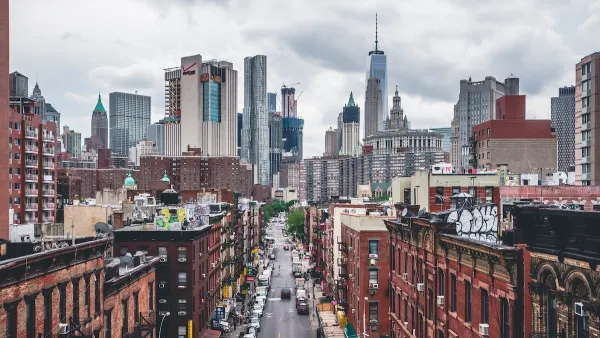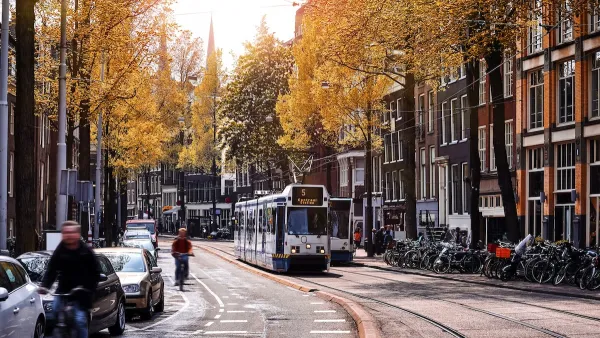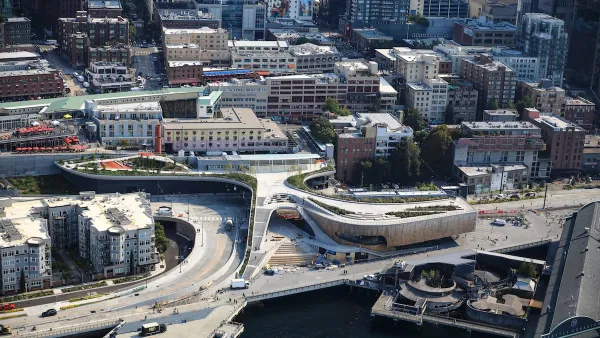In the first entry in an eight-part series, Aparna Piramal Raje explores the challenges facing an urbanizing India that lacks sufficient planning to ease the country's transition from a nation of villages.
"Indian towns and cities are characterized by a particularly dangerous combination of low-rise construction, high-density population in their central areas, and almost non-existent mass rapid public transport," observes Raje. "Congestion, pollution, vast proportions of uninhabitable accommodation and impoverished living standards characterize most fast-growing Indian cities."
"'Growth of urban agglomerations, especially outside urban administrative boundaries, is incoherent and un-coordinated, driven by real estate developers and market forces, rather than urban planning,' says H.S. Sudhira, an urban researcher and author of a working paper on land cover of Indian cities, to be published by IIHS, an institution that focuses on urban transformation."
And while many recognize the importance of India's cities as engines for economic growth, urbanization is "not part of the larger policy debate in the country," says Isher Judge Ahluwalia, chairperson of the Indian Council for International Economic Relations. "This myopia of policymakers is attributed to the [perhaps inaccurate] prevailing mindset that the majority of India still resides in the villages, and that urban centres account for a minority of the Indian population," explains Raje.
There's optimism though that the inattention to urban issues may be waning. For instance, the recent decision by the Delhi high court to dismiss a petition that challenged the city's bus rapid transit system (BRT) is seen as a promising step.
"Ahluwalia equates the discourse on urbanization today to the debate surrounding the pros and cons of liberalization in the 1980s, predicting that it will gather momentum in the near future. 'If we could move from a heavy industry-dominated, public sector-dominated, closed economy in the ’80s to liberalization in the ’90s, I have no doubt that the transition (of the urbanization debate) will be faster.'”
FULL STORY: India’s urban challenge

Analysis: Cybertruck Fatality Rate Far Exceeds That of Ford Pinto
The Tesla Cybertruck was recalled seven times last year.

National Parks Layoffs Will Cause Communities to Lose Billions
Thousands of essential park workers were laid off this week, just before the busy spring break season.

Retro-silient?: America’s First “Eco-burb,” The Woodlands Turns 50
A master-planned community north of Houston offers lessons on green infrastructure and resilient design, but falls short of its founder’s lofty affordability and walkability goals.

Test News Post 1
This is a summary

Analysis: Cybertruck Fatality Rate Far Exceeds That of Ford Pinto
The Tesla Cybertruck was recalled seven times last year.

Test News Headline 46
Test for the image on the front page.
Urban Design for Planners 1: Software Tools
This six-course series explores essential urban design concepts using open source software and equips planners with the tools they need to participate fully in the urban design process.
Planning for Universal Design
Learn the tools for implementing Universal Design in planning regulations.
EMC Planning Group, Inc.
Planetizen
Planetizen
Mpact (formerly Rail~Volution)
Great Falls Development Authority, Inc.
HUDs Office of Policy Development and Research
NYU Wagner Graduate School of Public Service




























